Lawn Slime Mold: How To Prevent This Black Substance On Lawns
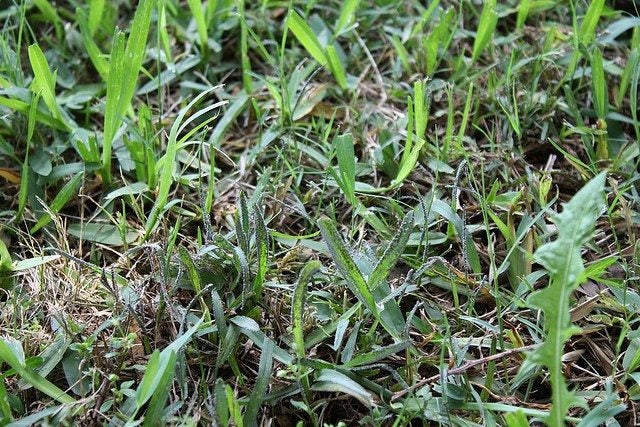

The vigilant gardener may wonder, “What is this dark stuff in my lawn?” It is slime mold, of which there are many varieties. The black substance on lawns is a primitive organism that is actually beneficial. It creeps along leaf blades eating dead organic matter, bacteria, and even other molds. Slime mold on grass is not damaging to the turf, but if appearance is a problem you can remove it. You might think this mold turfgrass disease should be killed to protect the health of your grass. However, treatments are not effective and this interesting organism might be better left undisturbed. This is something you decide after you learn a few facts about lawn slime mold.
Lawn Slime Mold
Although most often you will find a black substance on lawns in moist warm conditions, slime mold can come in many colors. The individual spores can be cream, pink, blue, orange, or red. When the spores mass together, the appearance is generally quite dark but it might also appear whitish. Slime mold spores deposit on grass when wind drives them. If moisture is present, the spores bloom and reproduce, creating patches up to 6 inches (15 cm.) across.
Lifecycle of Slime Mold on Grass
The mold spores may remain viable for many years until the proper conditions occur. Slime molds come and go as moisture recedes or if temperatures are too hot or cold. When the perfect amount of moisture comes around again, you will likely find lawn slime mold in the same areas. Heavy rains will obliterate the patch but it may also spread the spores. The best conditions for slime mold on grass to form are where there is plenty of organic material or a thick thatch, moderately moist soil, cool nights, and warm days (which promote the formation of dew), and temperatures between 50 and 80 degrees F. (10-27 C.).
Treating Slime Mold
Since it is not really a mold turfgrass disease like rust, slime mold is good for your lawn. The only drawback to the spores is the aesthetics of it on your lawn. If the sight of the colorful patches offends you, simply rake it up off the blades of grass. You can also wipe it off with a broom or just mow over the afflicted blades. The gunk may come back if ideal conditions still exist, but it is easy to remove—although repetitious. Treating slime mold with a fungicide is not recommended and there are no available chemicals recommended for control of the spores. It is best to be adaptable and just live with the stuff. The spores will clear up many of the bacteria, bad fungal spores, and excessive organic matter on your lawn, leading to a greener, healthier turf.
Gardening tips, videos, info and more delivered right to your inbox!
Sign up for the Gardening Know How newsletter today and receive a free copy of our e-book "How to Grow Delicious Tomatoes".

Bonnie Grant is a professional landscaper with a Certification in Urban Gardening. She has been gardening and writing for 15 years. A former professional chef, she has a passion for edible landscaping.
-
 Moody Blooms For Spring: 8 Types Of Black Flowers To Add Drama To Spring Displays
Moody Blooms For Spring: 8 Types Of Black Flowers To Add Drama To Spring DisplaysFrom midnight burgundies to inky violets, several types of black flowers can enrich and embolden a spring display. Try these brooding bloomers for a moody garden
By Tonya Barnett
-
 Can Snake Plants Live Outside? Everything You Need To Know For Snake Plants Al Fresco
Can Snake Plants Live Outside? Everything You Need To Know For Snake Plants Al FrescoSnake plants can live outside given the right conditions, but be careful that they don't take over! Learn the best way to use snake plants in your landscape.
By Mary Ellen Ellis
-
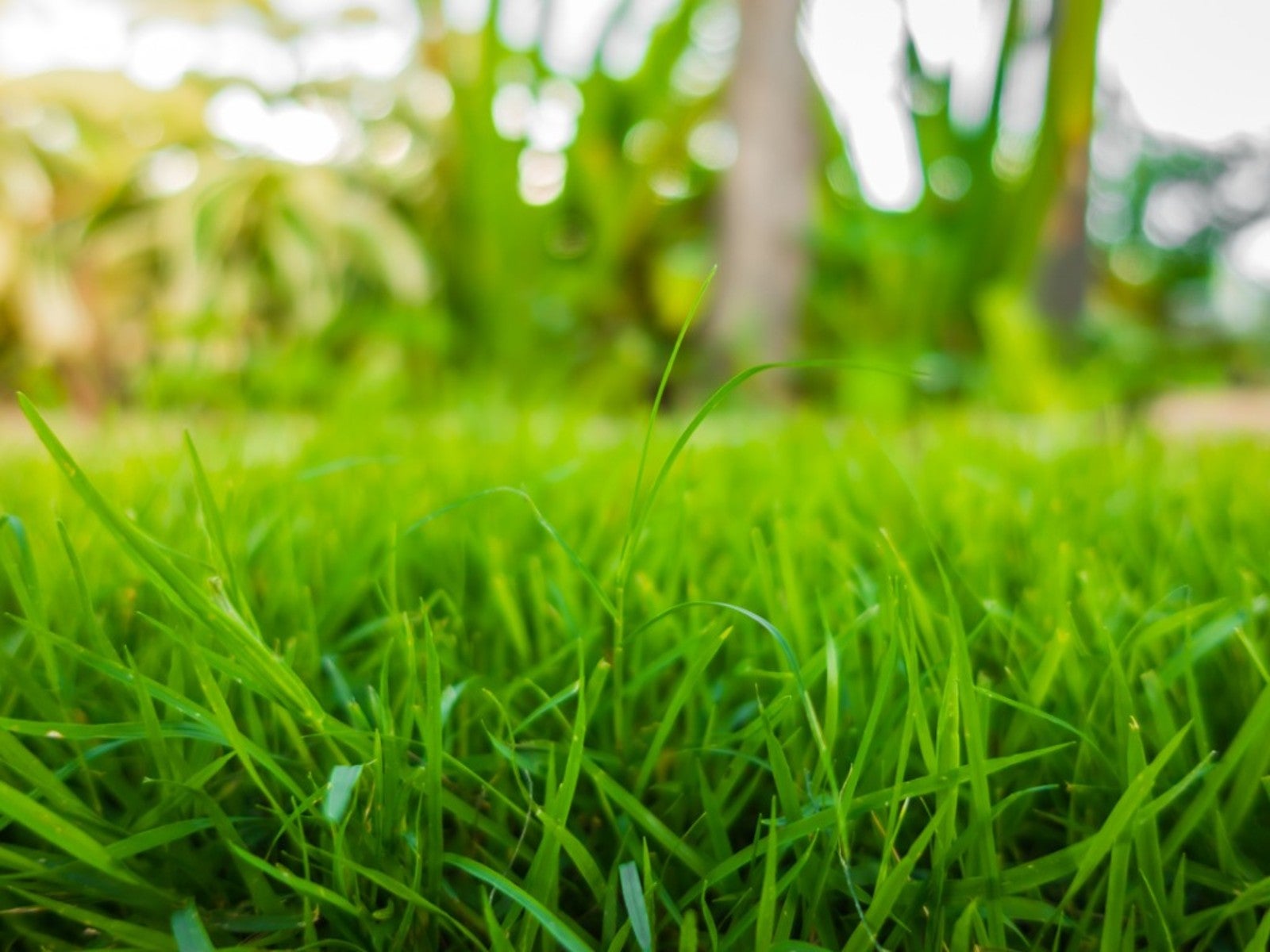 Sustainable Turf Species For A Greener Lawn
Sustainable Turf Species For A Greener LawnClick here for some of the most sustainable types of turf grass you can grow for an eco-friendly lawn.
By Bonnie L. Grant
-
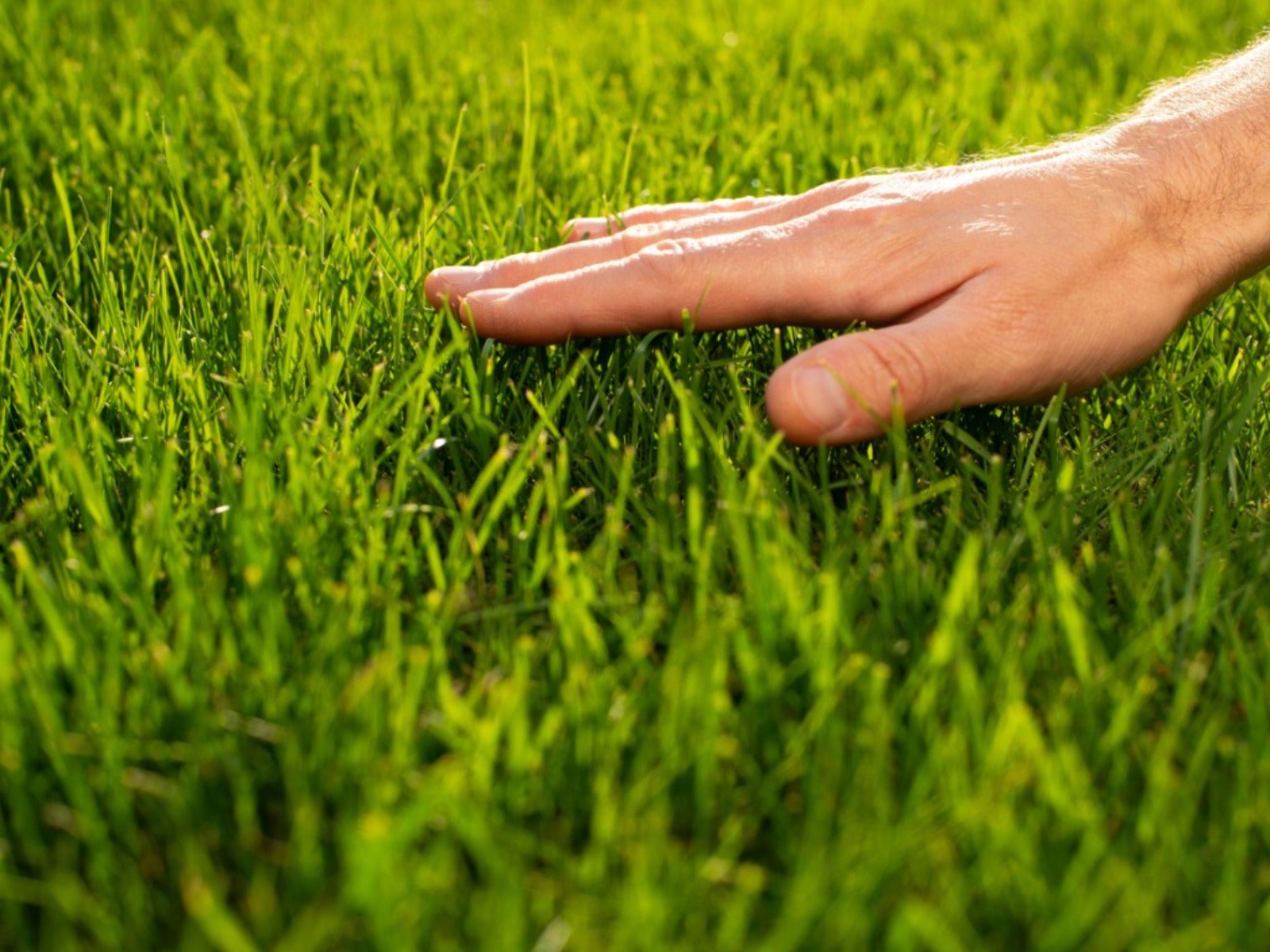 How To Grow A Sustainable Lawn
How To Grow A Sustainable LawnAdjust your thinking about a perfect green lawn and consider more sustainable methods. Click here to learn how.
By Mary Ellen Ellis
-
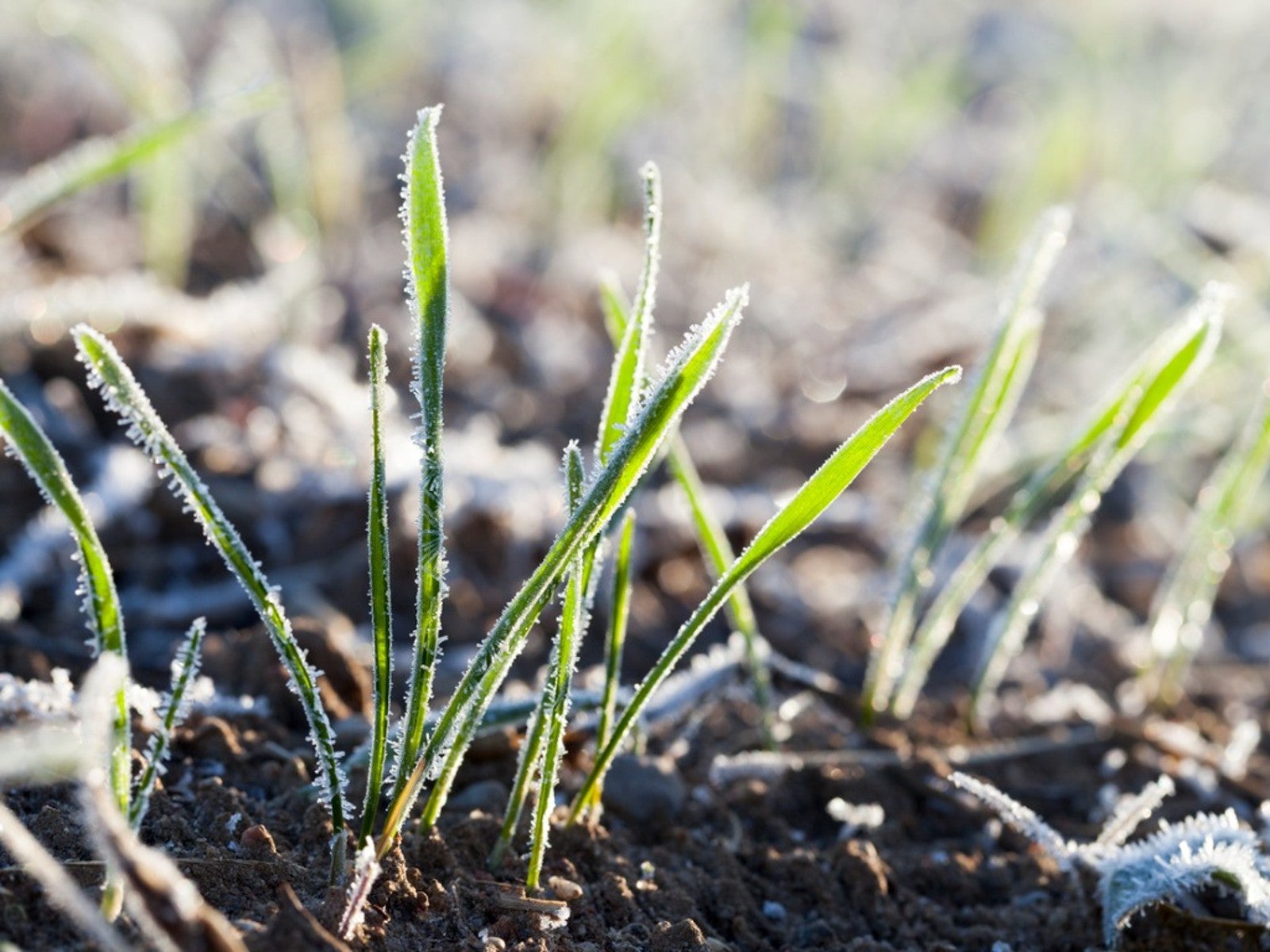 Will Frost Kill Grass Seed And How To Help New Turf Survive
Will Frost Kill Grass Seed And How To Help New Turf SurviveLearn how to help your newly sown grass survive frost and freezing weather.
By Amy Grant
-
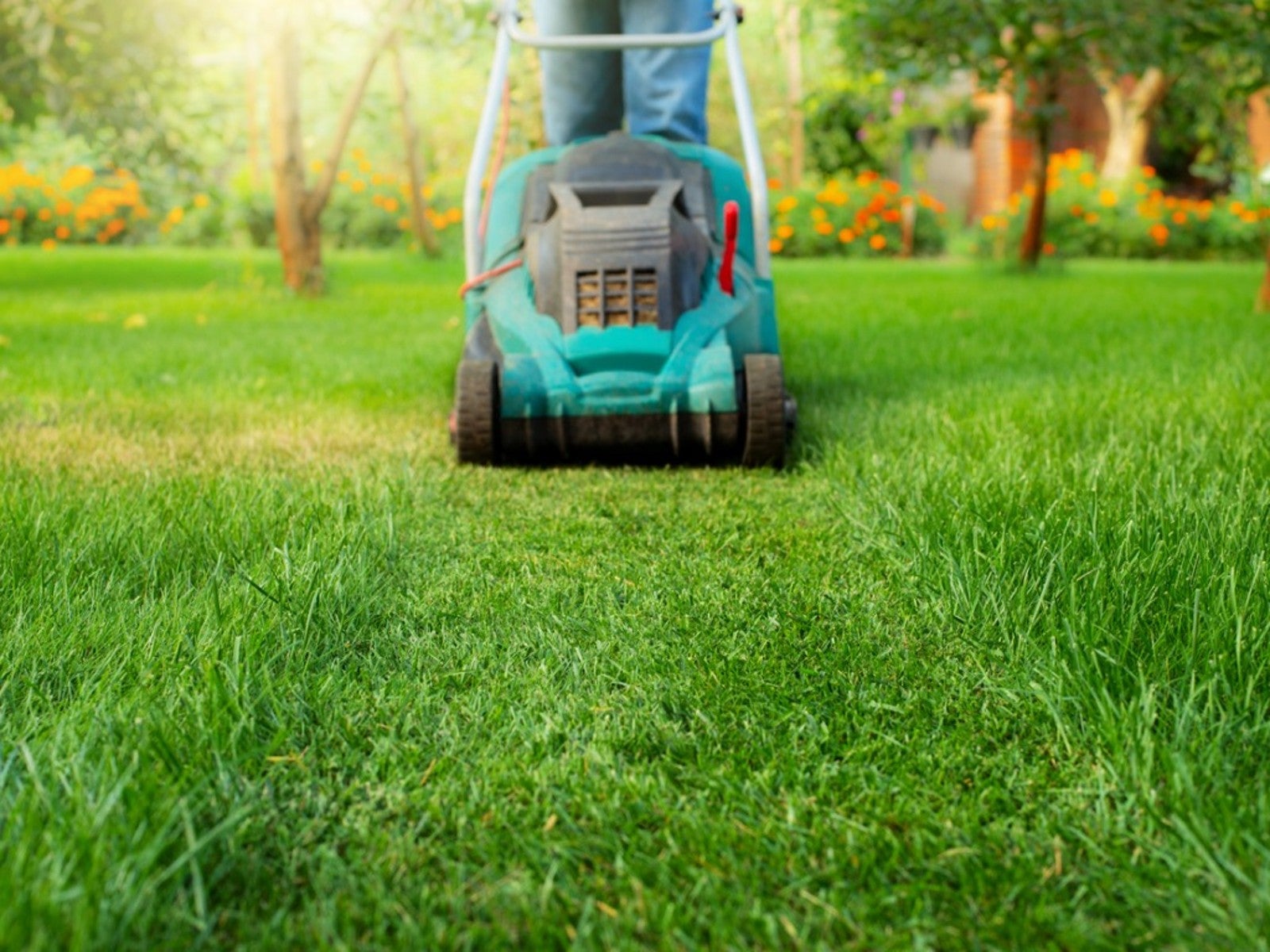 Lawn Problems That Aren’t Really Problems
Lawn Problems That Aren’t Really ProblemsYour lawn may not require as much work as you think. Learn which common problems aren’t really problems.
By Teo Spengler
-
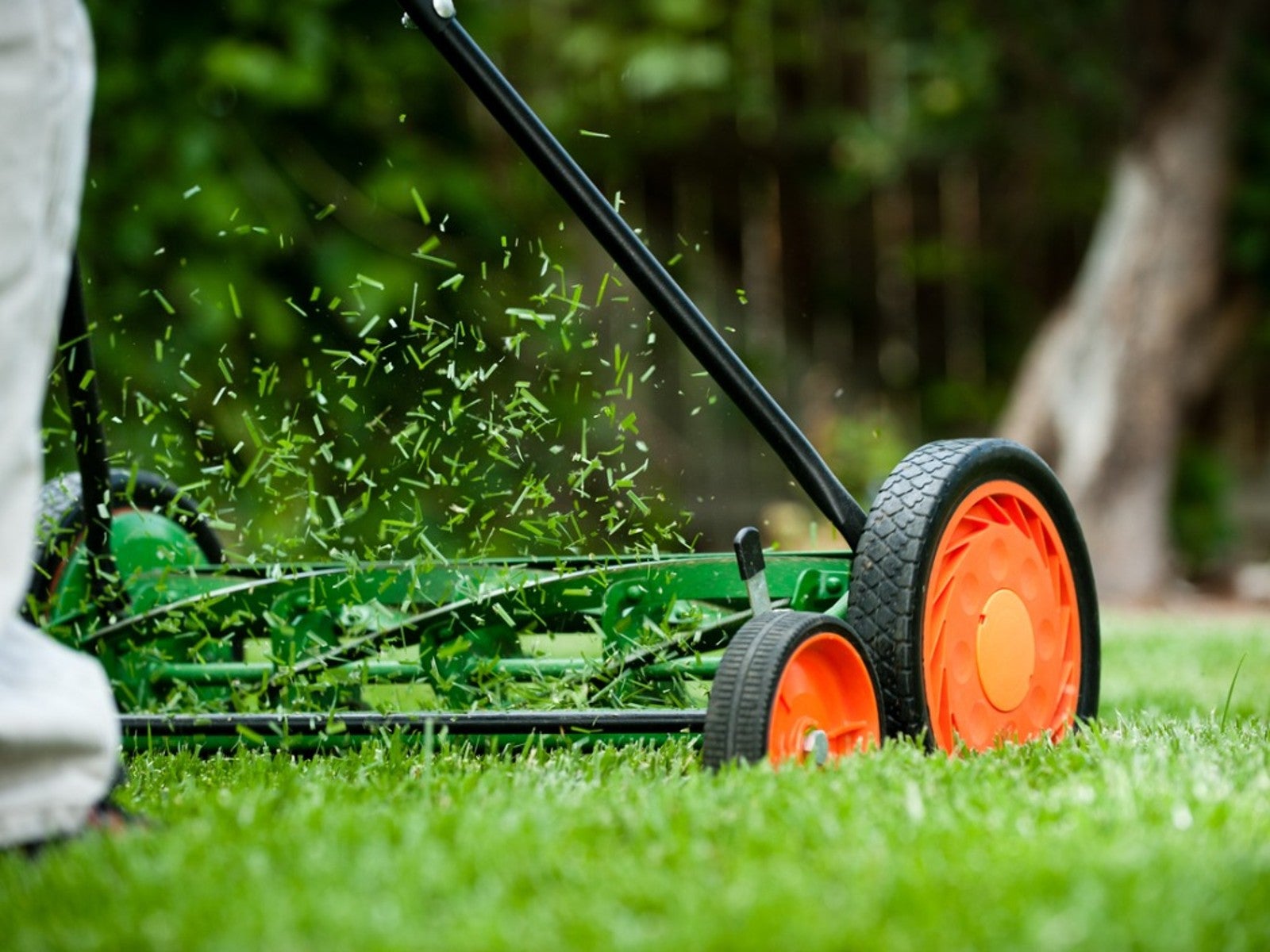 Why A Manual Push Mower Is Good For You And The Environment
Why A Manual Push Mower Is Good For You And The EnvironmentReel mowers are making a comeback, but why? Click here to learn about reel mower pros and cons.
By Amy Grant
-
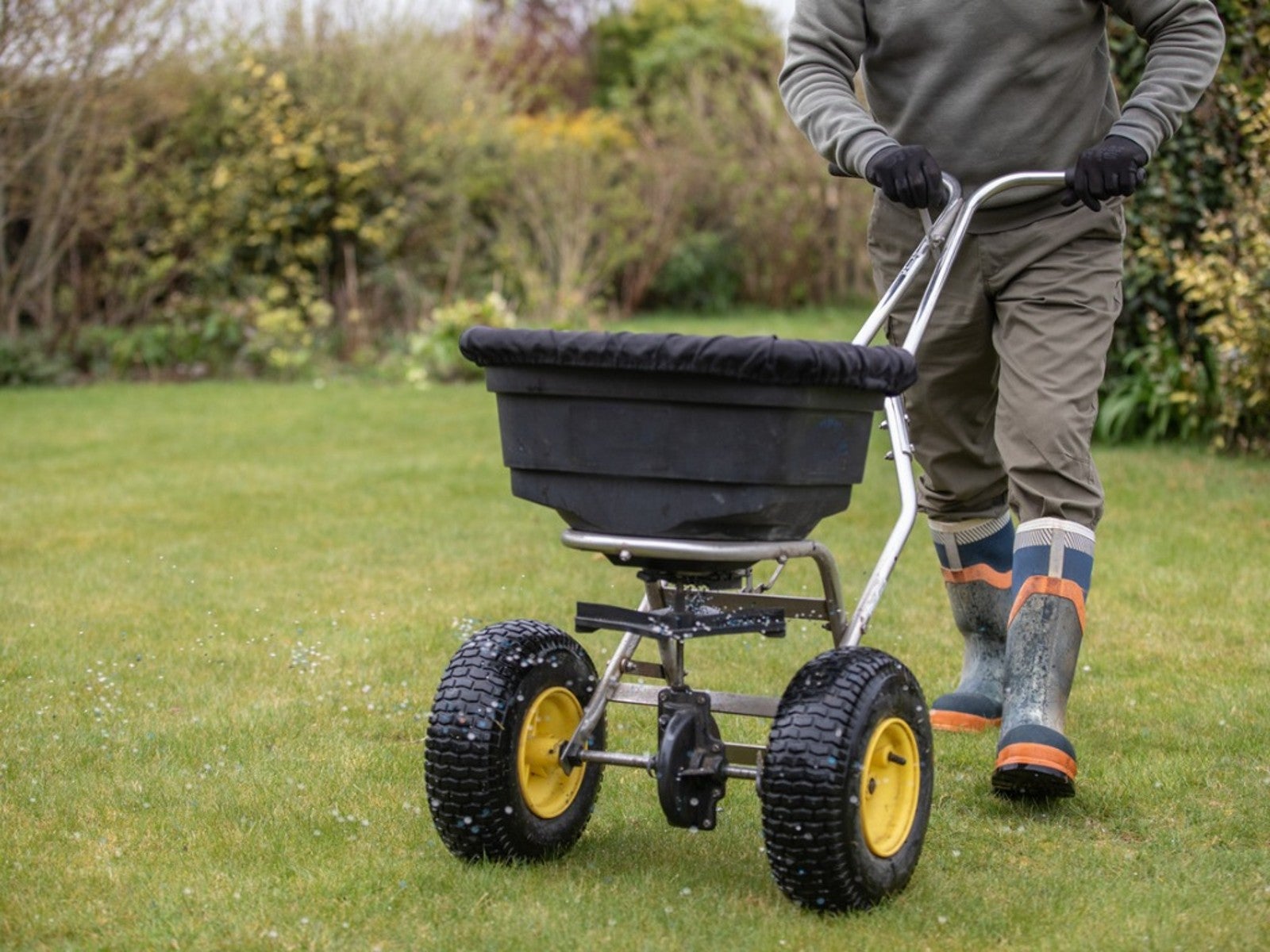 Fertilize Grass In Fall For A Lush Lawn In Spring
Fertilize Grass In Fall For A Lush Lawn In SpringFor everything you need to know about fertilizing your lawn in the fall, click here.
By Susan Albert
-
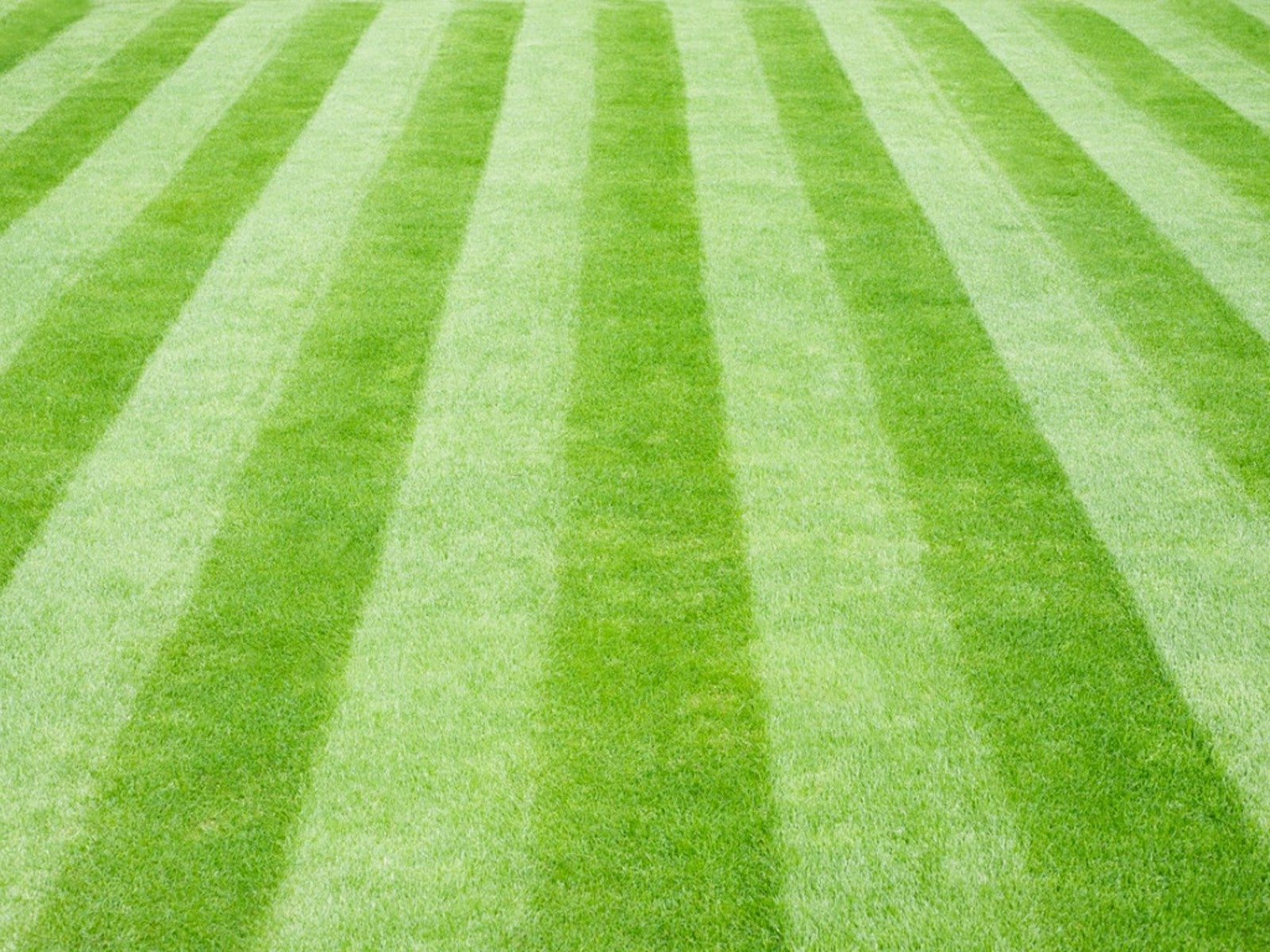 Tips For Mowing Stripes In Lawn
Tips For Mowing Stripes In LawnWouldn’t it be great to have stripes in your lawn like a sports field? Learn how here.
By Susan Albert
-
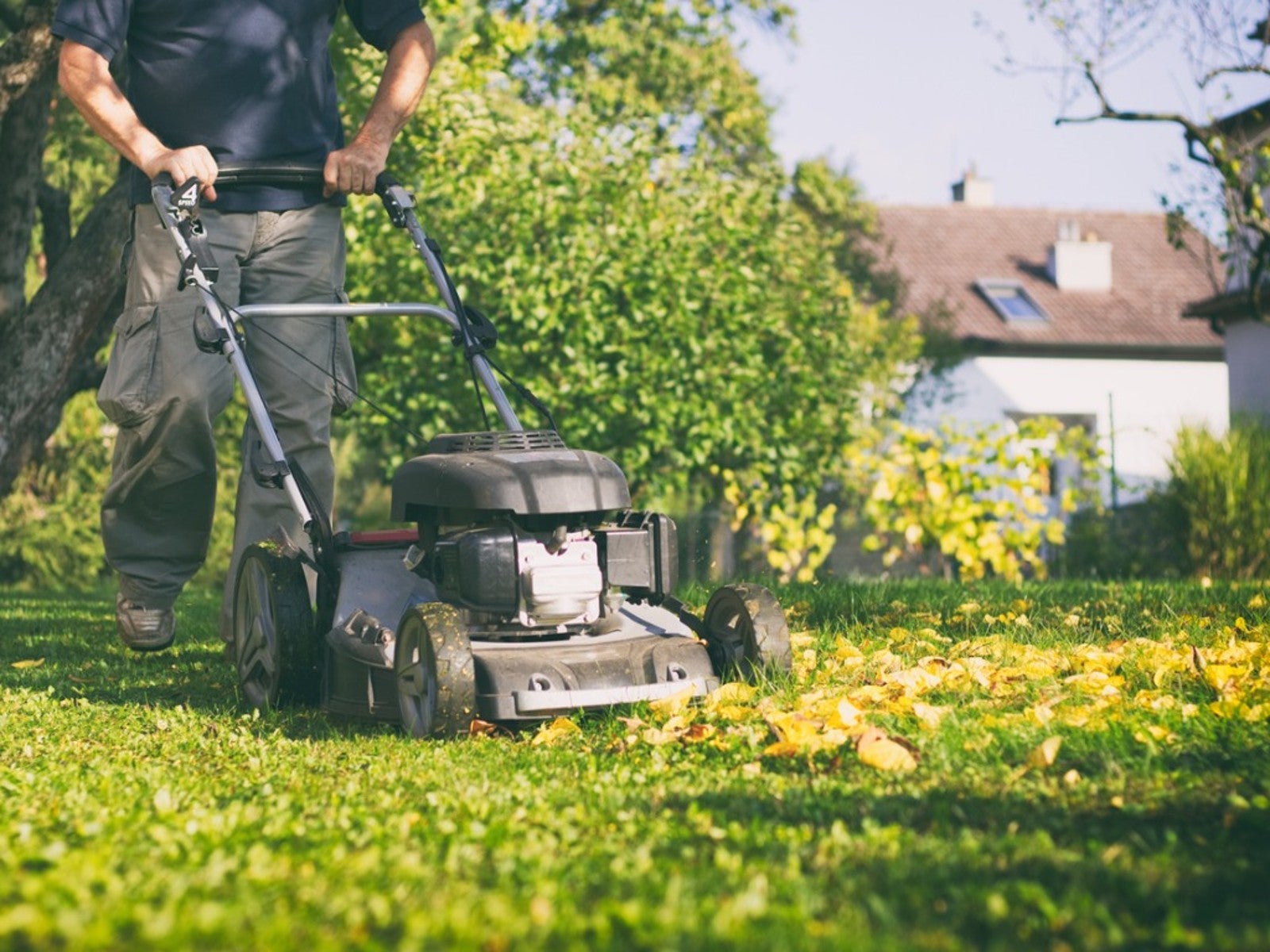 Late Summer Lawn Care Checklist
Late Summer Lawn Care ChecklistPlan to do some late summer care and maintenance of your lawn so it will be healthy and beautiful in the spring. Here are some tips.
By Laura Miller